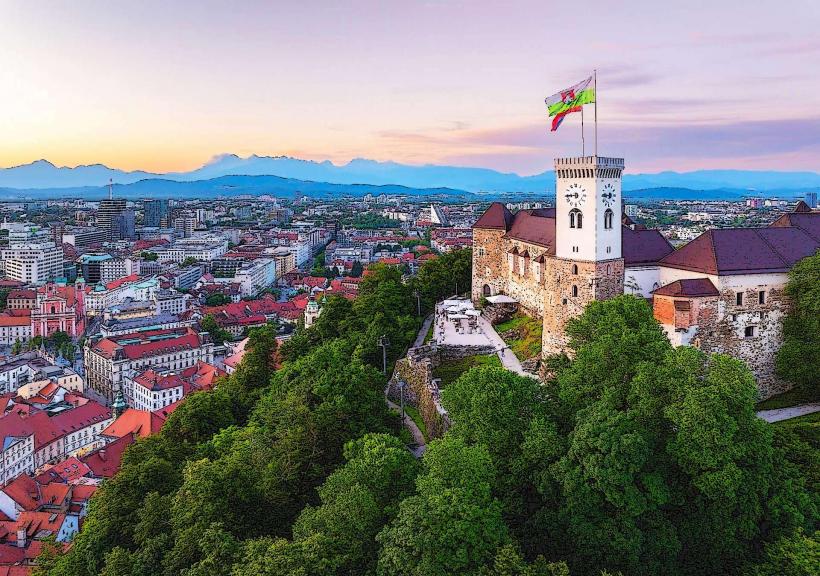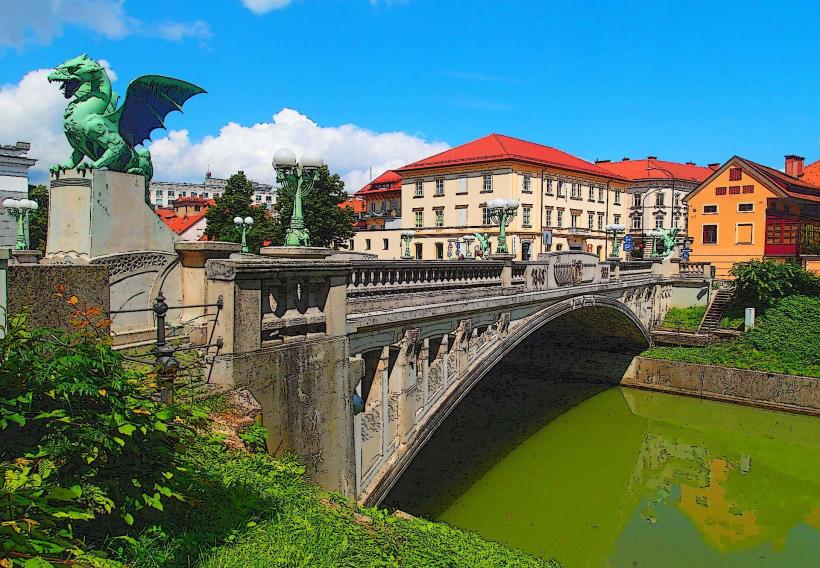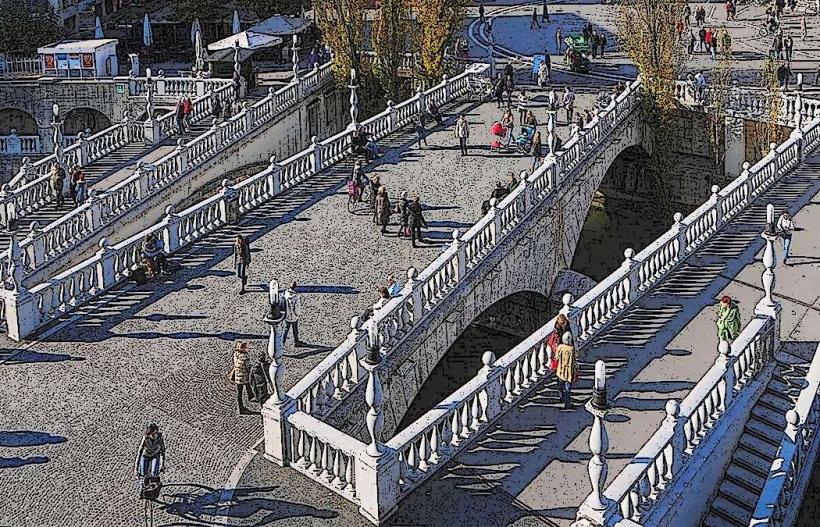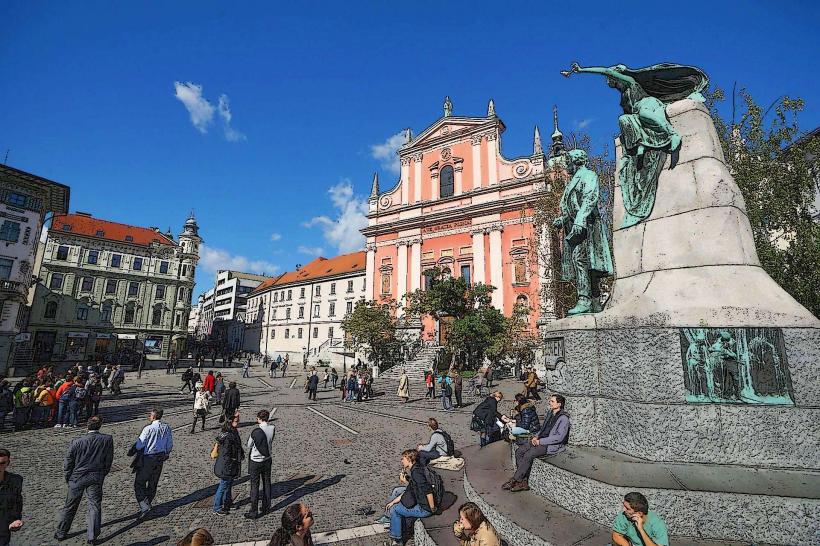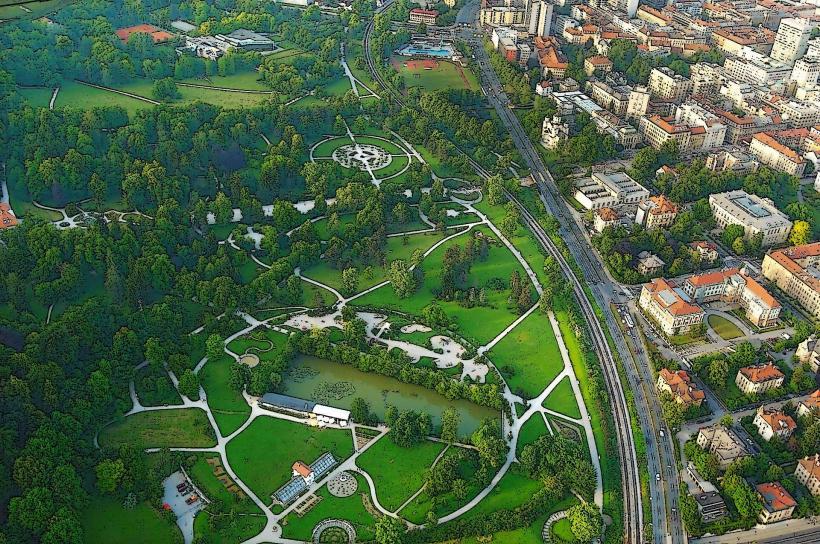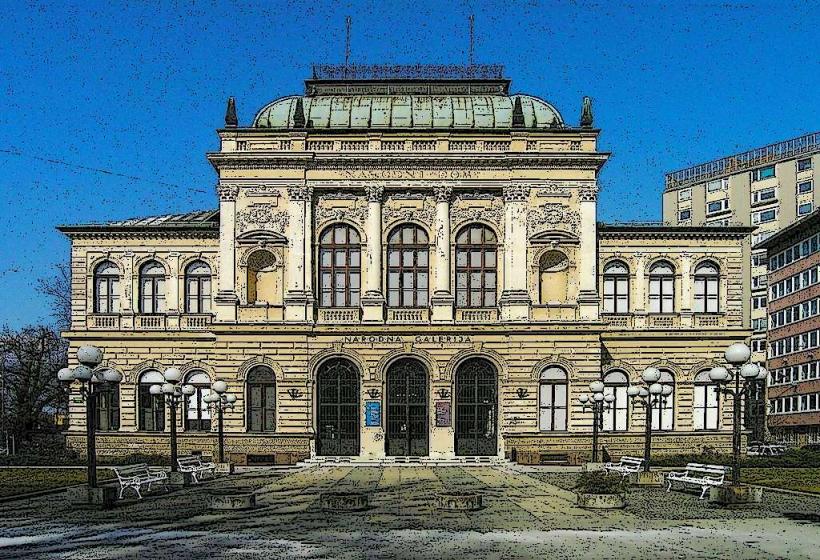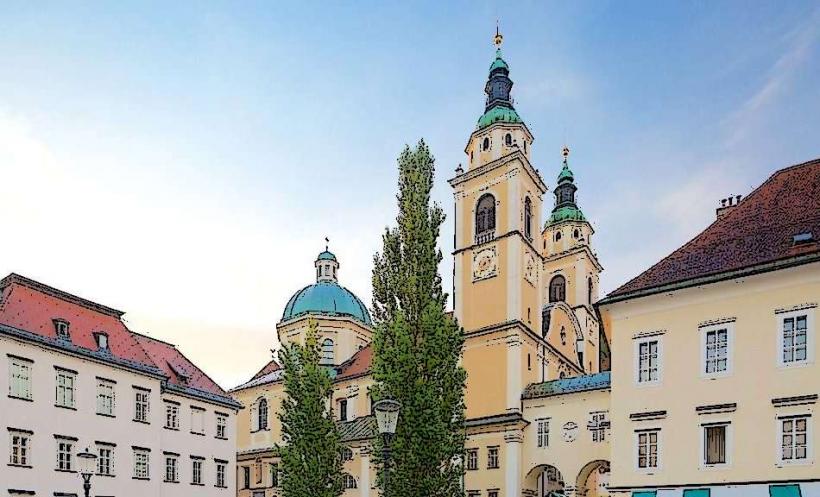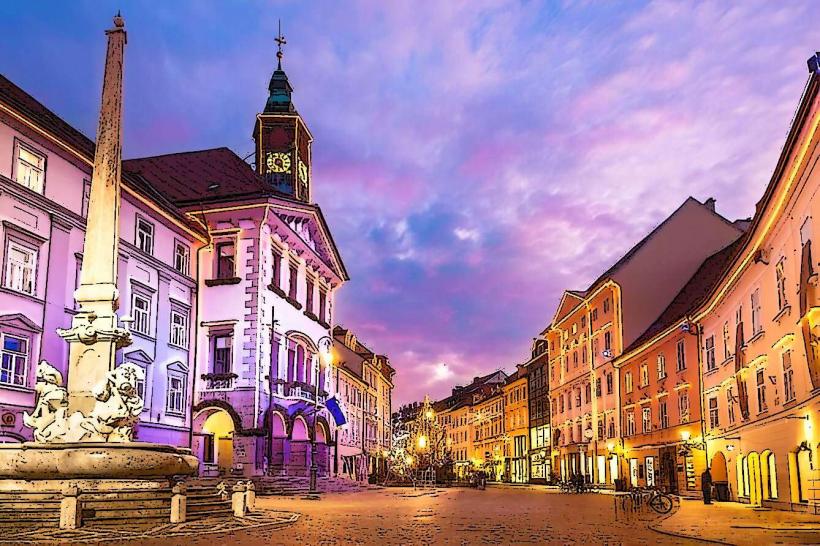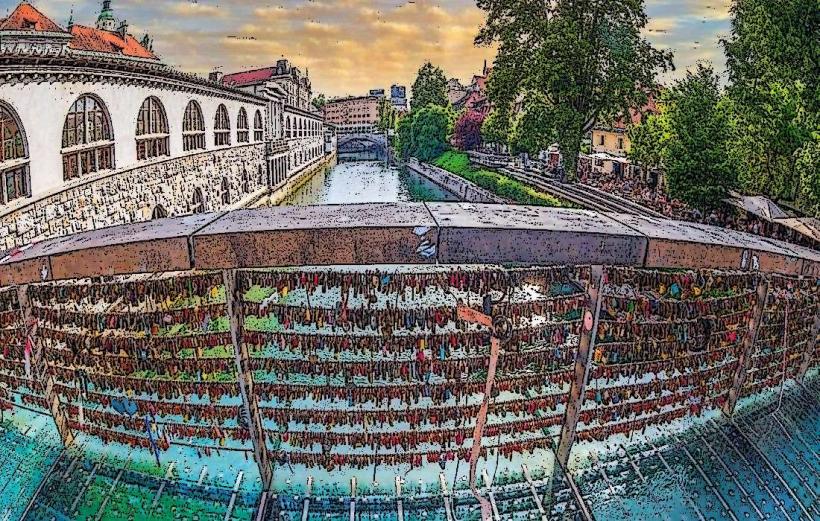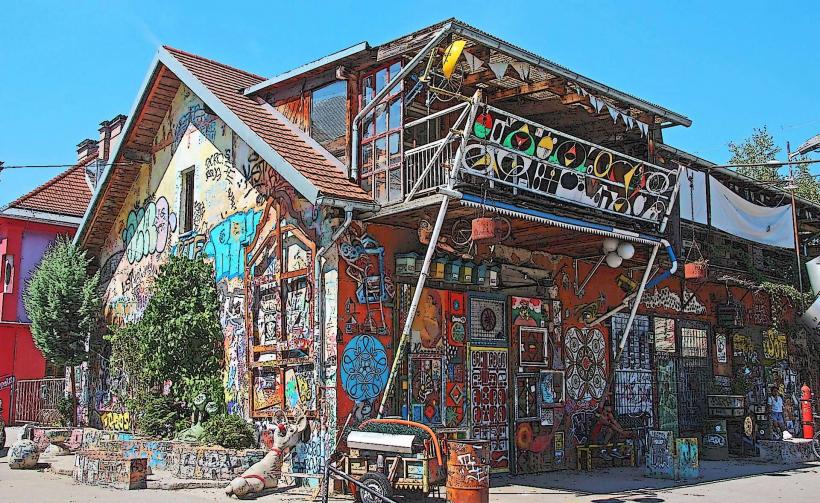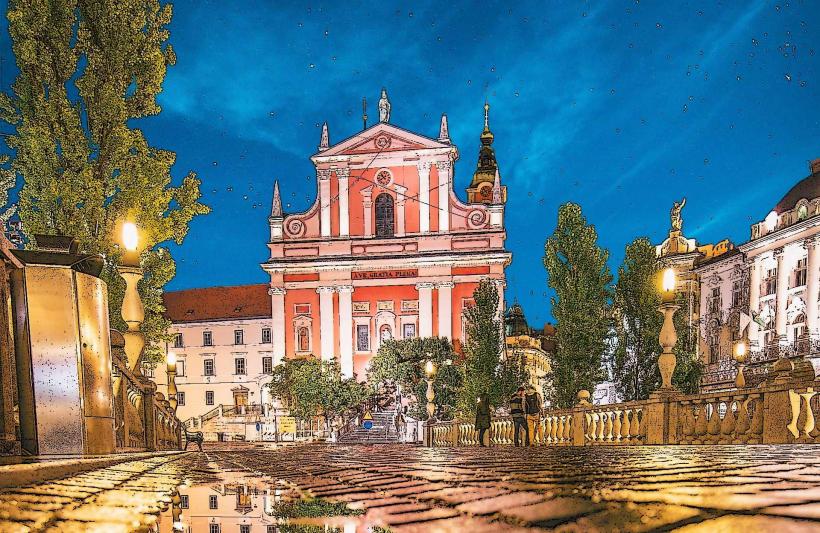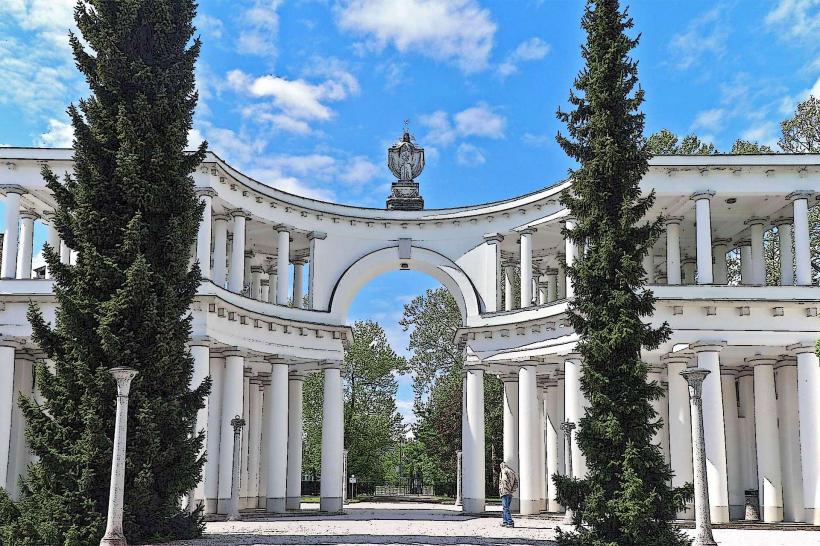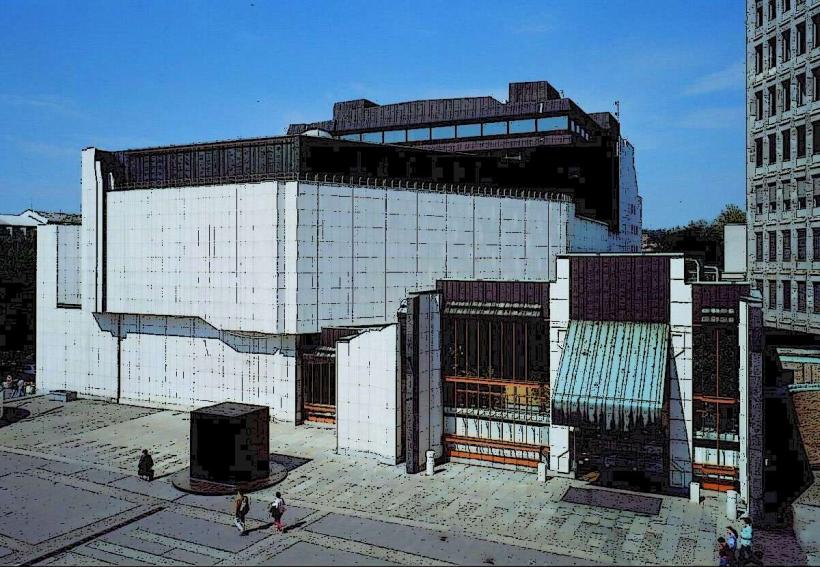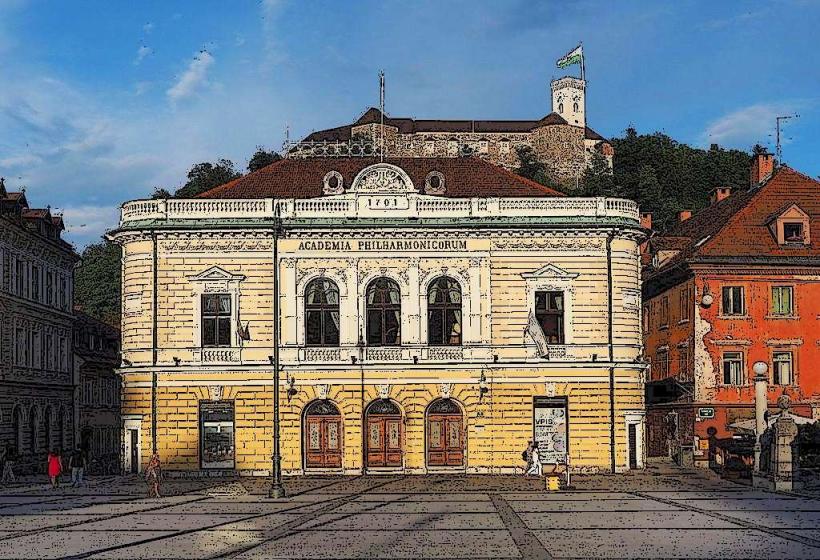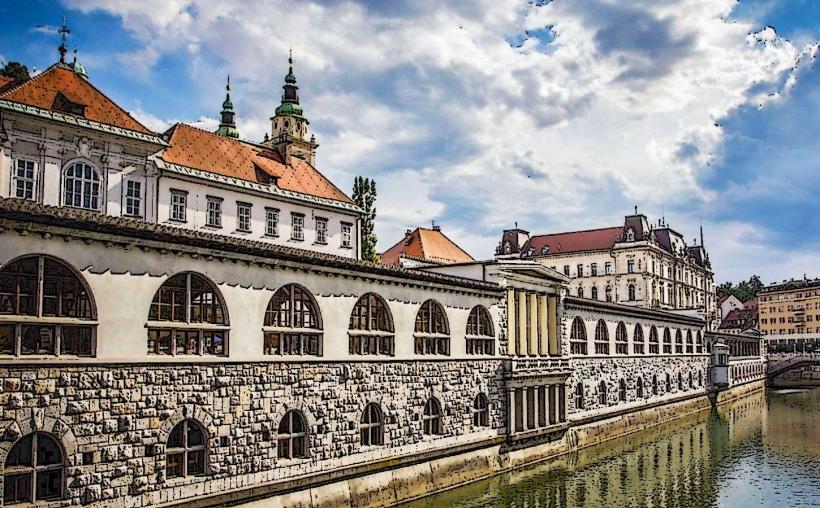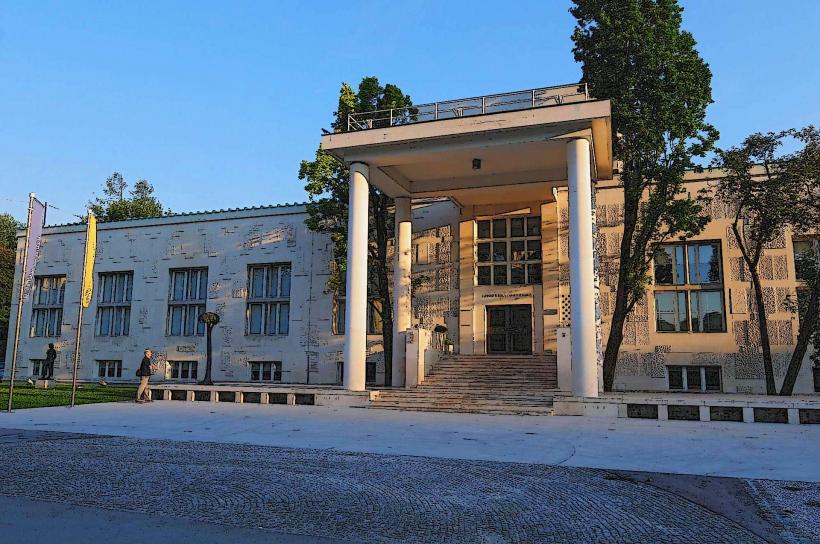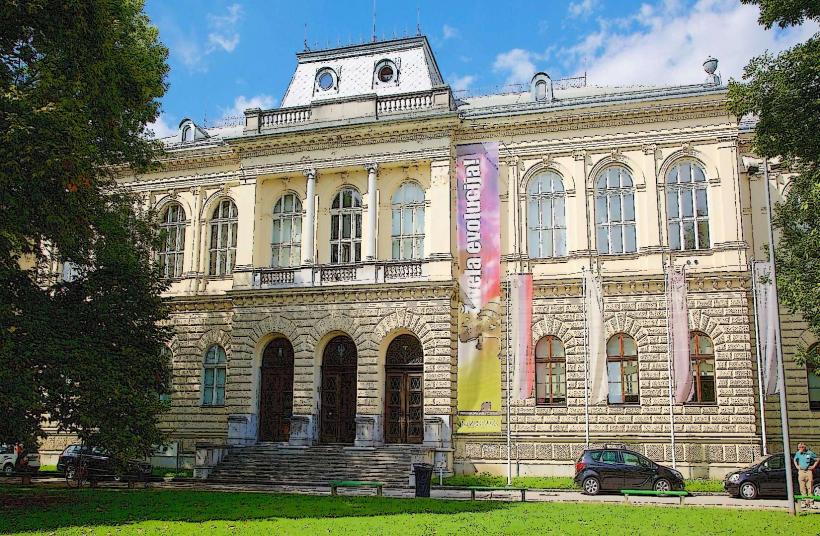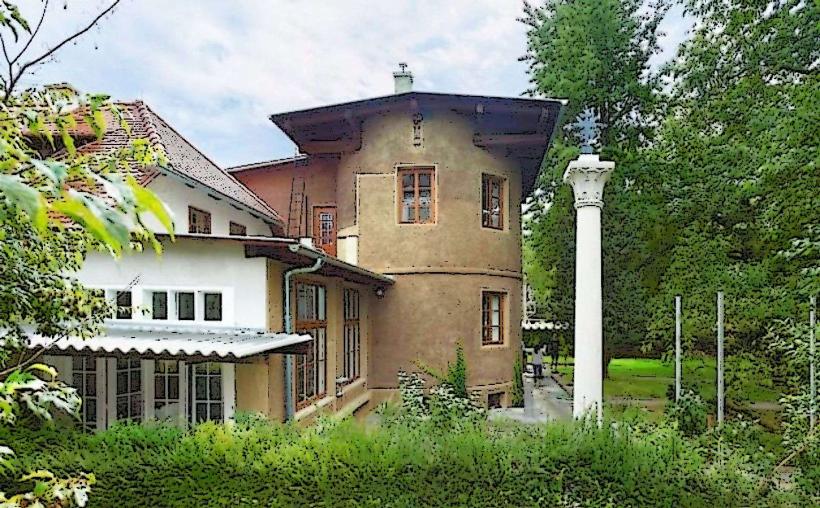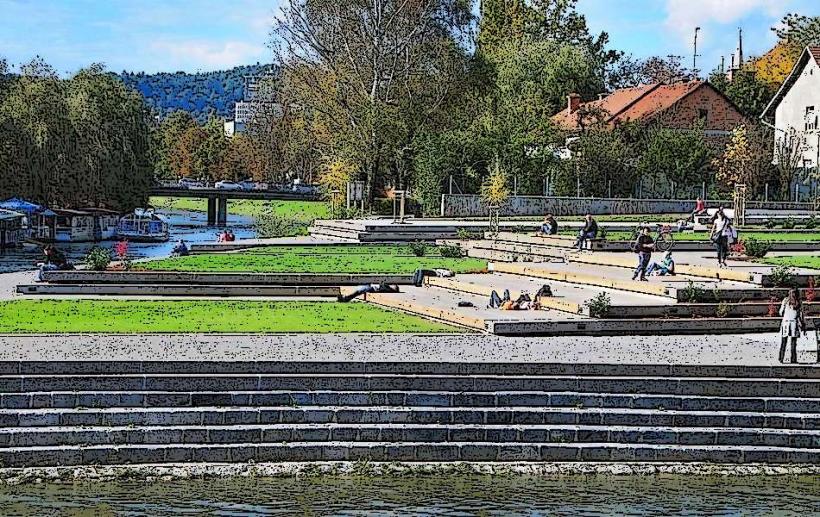Information
Landmark: Robba FountainCity: Ljubljana
Country: Slovenia
Continent: Europe
The Robba Fountain (also known as the Three Carniolan Rivers Fountain) is one of the most iconic landmarks in Ljubljana, Slovenia. This Baroque-style fountain is located in the Town Hall Square (Mestni trg), right in the heart of the city's old town. It was designed by the renowned sculptor Francesco Robba and has become a symbol of the city’s artistic and cultural heritage.
General Overview
- Name: Robba Fountain (Slovene: Robbova fontana)
- Location: Mestni trg (Town Hall Square), Ljubljana Old Town, Slovenia.
- Designer: The fountain was designed by the Venetian sculptor Francesco Robba in the 18th century.
- Type: Baroque-style fountain.
History and Construction
Commission: The Robba Fountain was commissioned in 1743 by the city of Ljubljana to mark the revitalization of the Ljubljanica River and to enhance the aesthetic value of the central square in Ljubljana. The city wished to celebrate the main rivers that flowed through the region, symbolizing the prosperity and growth of Ljubljana.
Sculptor: The fountain was created by Francesco Robba, a Venetian sculptor who was active in Ljubljana in the 18th century. Robba was known for his Baroque sculptures and his contributions to the artistic development of Ljubljana during this period.
Construction: The fountain was completed in 1751. It was originally placed in Town Hall Square to serve as a grand focal point, drawing attention to the city’s historical connection to the rivers and its growing urban development.
Name: The fountain is often referred to as the Three Carniolan Rivers Fountain because it represents the three main rivers that run through the Carniola region: the Ljubljanica, the Sava, and the Krka. These rivers were vital to the development of the city and the region as a whole.
Architecture and Design
Overall Structure
- The Robba Fountain consists of a central sculptural group that is elevated on a stone pedestal, with three figures representing the main rivers of the Carniola region. It is one of the most notable Baroque fountains in Ljubljana due to its dynamic composition and symbolic meaning.
Main Features
Central Figure: The central part of the fountain consists of a male figure, symbolizing the Ljubljanica River, which is the primary river flowing through Ljubljana. The figure is depicted holding a jar from which water flows, symbolizing the flow of the river itself.
Three River Figures: Surrounding the central figure are three allegorical figures representing the rivers of the region:
- The Ljubljanica: The figure in the center, a strong man holding a large jar, symbolizes the Ljubljanica River that runs through the city of Ljubljana.
- The Sava River: On the left side of the pedestal is a figure of a man with a cup, representing the Sava River, which is one of the most important rivers in Slovenia.
- The Krka River: On the right side is a figure representing the Krka River, a key waterway in southern Slovenia. This figure also holds a vessel, symbolizing the flow of the river.
Baroque Style: The Baroque elements of the fountain can be seen in its use of dynamic forms, dramatic contrasts, and intricate detailing. The sculptural figures are portrayed in graceful poses, with flowing drapery and detailed facial expressions that convey the vitality and power of the rivers. The smooth curves of the figures and the stylized motion of the water highlight the Baroque fascination with movement and emotion.
Water Spouts: Water flows from the three river figures into the basin below, adding a dynamic aspect to the composition. The design of the fountain emphasizes the fluidity of water, with the gushing water symbolizing the life-giving power of rivers in the city and the region.
Material and Construction
- The fountain is made from stone, particularly limestone, which was used to craft the figures and the pedestal. The figures are finely carved, with intricate details that showcase Robba’s skill in Baroque sculpture. The pedestal is decorated with additional sculptural elements, including reliefs and decorative motifs.
Significance and Symbolism
Rivers of Carniola: The Robba Fountain was commissioned to honor the three key rivers that are central to the Carniola region’s geography and history. Each river figure represents the importance of these rivers to the growth and prosperity of Ljubljana and its surrounding areas.
Baroque Artistic Legacy: As a key example of Baroque fountain design, the Robba Fountain stands out for its elegance, symbolism, and dynamic movement. The fountain is a prime example of the Baroque era's focus on dramatic, emotional, and detailed sculptural works that convey both grandeur and elegance.
Cultural Heritage: The Robba Fountain is a significant part of Ljubljana’s cultural and architectural heritage. It represents a key moment in the city’s artistic and urban development during the 18th century. The fountain was commissioned at a time when Ljubljana was emerging as a cultural center, influenced by Italian Baroque trends.
Water as Life: The flowing water from the fountain symbolizes the life-giving properties of rivers, which have been essential for the development of Ljubljana, both historically and economically. It is a tribute to the vital role that water plays in sustaining the natural environment and urban life.
Visitor Information
Location: The Robba Fountain is located in the Town Hall Square (Mestni trg) in the old town of Ljubljana. It is a central feature of this area, easily accessible to both locals and visitors.
Visiting: Visitors can admire the fountain freely as it is located in a public square. It is an integral part of the city’s historic center, which is a popular area for walking, sightseeing, and enjoying the city’s vibrant atmosphere.
Access: The fountain can be reached easily from other important landmarks in Ljubljana’s old town, such as Prešeren Square, Ljubljana Castle, and St. Nicholas’ Cathedral. It is located in a pedestrian zone, so it is best to explore on foot.
Opening Hours: The fountain is always accessible, though it may be quieter to visit during the off-peak hours to avoid crowds, especially on weekends and during tourist season.
Conclusion
The Robba Fountain is not only a stunning example of Baroque sculpture but also an important symbol of Ljubljana's cultural identity. Its elegant design, allegorical figures, and the representation of the key rivers of the Carniola region make it a must-see landmark in the heart of Ljubljana. Whether you are visiting to admire the intricate craftsmanship or to learn about the historical and symbolic significance of the fountain, it stands as a testament to the city’s artistic heritage and its enduring connection to water.

